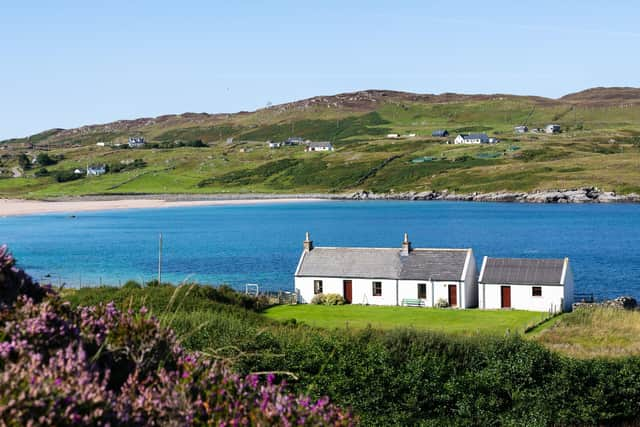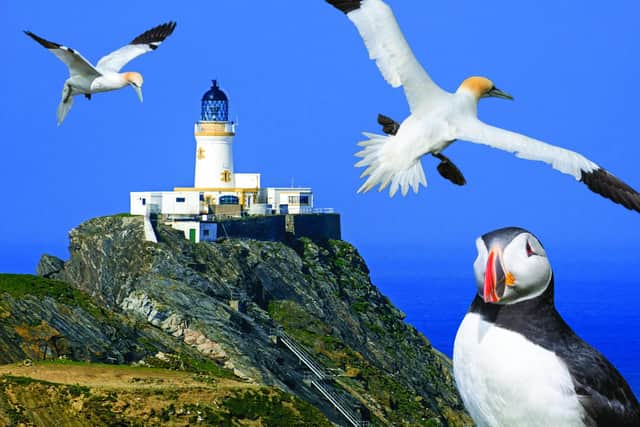Summer travel 2022: Get wheely close to nature
At the start of the pandemic, my life came crashing down. I lost two friends, all my work, and soon I’d used up my life savings. I started to suffer panic attacks that would make me feel like I was suffocating.
In a desperate attempt to make myself feel better, I hatched a plan: to cycle around the country, and to document how people all over Britain were riding out the storm, just like I was.
Advertisement
Hide AdAdvertisement
Hide AdI passed through 55 counties and cycled 3,427 miles. Now that the country is returning to ‘normal’ these are two places in Scotland I’m desperate to get back to.


Shetland end-to-end
Miles: Up to 200, with detours.
Difficulty: Intermediate. Lots of rolling hills, but nothing like mainland Scotland.
The first leg of my journey began at the Muckle Flugga lighthouse in Shetland – the northernmost point of Britain – and then I cycled 137 miles south to Sumburgh Head. In autumn, I wild camped under dazzling night skies, almost entirely devoid of light pollution, but soon Shetland will be enjoying 20 hours of daylight. On the summer solstice, it’s possible to read a book outside at midnight.


June and July are the best times to see migratory birds like puffins, golden plovers and Eider ducks, and killer whales can be spotted between April and September.
If wild camping isn’t your thing, then there are plenty of hotels and guesthouses along the route. The St Magnus Bay Hotel (stmagnusbayhotel.co.uk) in Hillswick does a mean Sunday carvery. If you don’t fancy dragging your own bike all the way up there, you can hire one from the Shetland Community Bike Project in Lerwick.
Scotland’s North Coast 500
Miles: 516
Difficulty: Serious cyclist. Best to go slow and take 10-14 days.
Arguably, Britain’s greatest bike ride, the route starts and ends in Inverness, and most people opt to tackle it in a clockwise direction. Expect lots of climbing – 32,000 feet in total (higher than Everest) – but what goes up must come down. You’ll whizz around alpine switchbacks and into epic glens filled with mirror-calm lochs.
This really is the wildest corner of the country and travelling at the gentle pace of a bicycle will mean you can sneak up on the local wildlife. Keep a lookout for golden eagles, red deer and pine martens.
Advertisement
Hide AdAdvertisement
Hide AdThere are plenty of hotels, guesthouses and campsites along the route. Plockton, Durness and Thurso can be very popular, so have a good look on Google Maps for little places that go under the radar. I would also avoid the school holidays, because the B-roads can get very congested. July and August are also the worst months for midges.
Riding Out by Simon Parker is published by Summersdale. For more information, visit simonwparker.co.uk/adventure-travel-book-riding-out